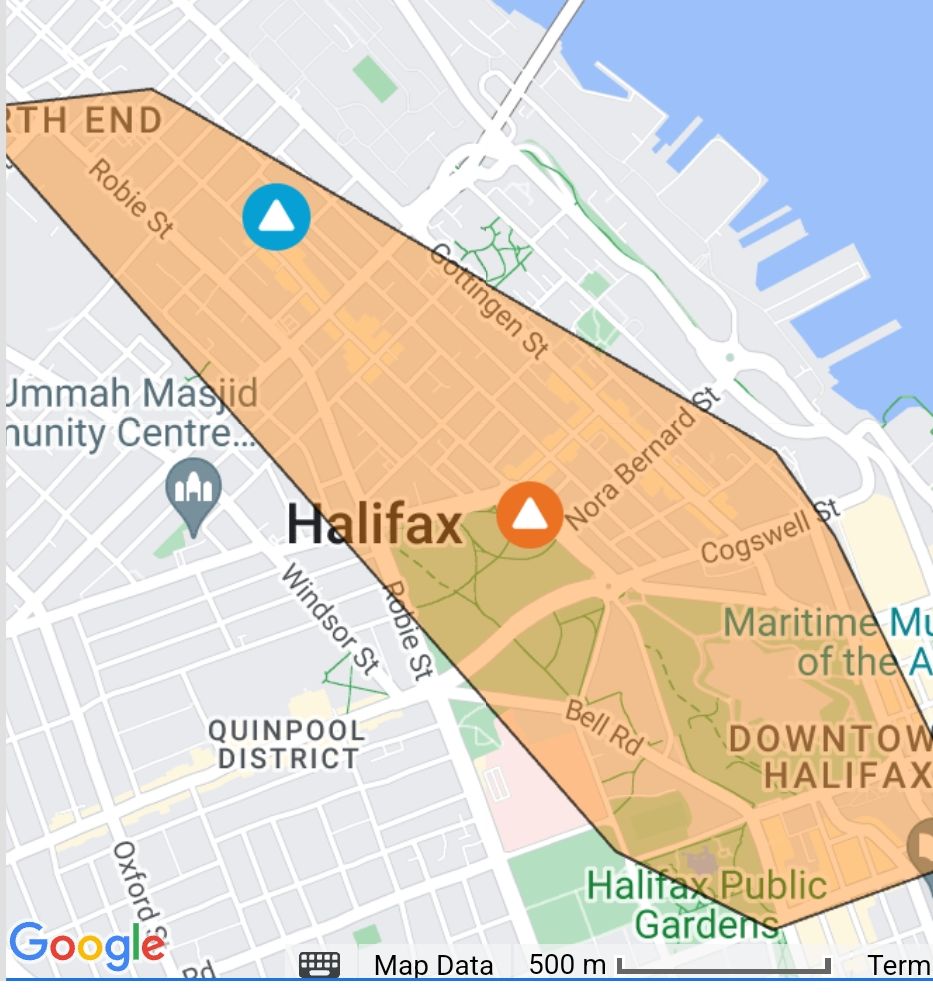
Introduction
On October 15, 2023, Halifax experienced a significant power outage that impacted thousands of residents and businesses, shedding light on the vulnerabilities of the city’s electrical infrastructure. Understanding the causes and implications of such outages is crucial for residents and city planners alike as they consider the need for improved energy resilience.
Details of the Outage
The power outage began around 3:30 PM, as reported by Nova Scotia Power. Over 10,000 customers across Halifax and surrounding areas reported losing electricity. Initial reports suggest that the outage was triggered by a combination of unexpected equipment failure and severe weather conditions, including high winds and heavy rain, which contributed to complications in repair efforts.
Residents faced challenges as traffic lights went out, leading to confusion on busy roadways, and many businesses were left scrambling to secure their operations in light of the disruption. Emergency services were on standby to assist in major travel routes and help prioritize the needs of those affected.
Response and Recovery
Nova Scotia Power worked diligently to restore service, with crews deployed throughout the city to address downed lines and other damage. By 8:00 PM, power had been restored to most customers, but some areas remained without electricity until late into the night as repairs continued.
The city’s emergency management office emphasized the importance of preparedness, advising residents to check on neighbors, especially the elderly, and to have emergency supplies on hand for future outages. In light of this event, discussions are already underway regarding the need for improvements in the city’s electrical infrastructure to prevent similar occurrences in the future.
Conclusion
The recent power outage in Halifax serves as a stark reminder of the challenges cities face in maintaining reliable electrical service amidst changing climate conditions and aging infrastructure. As the city reflects on this event, it will be crucial for leaders to prioritize investments in infrastructure upgrades and enhanced emergency response protocols. For residents, being prepared for future outages can mitigate the impact of these disruptions on daily life.


